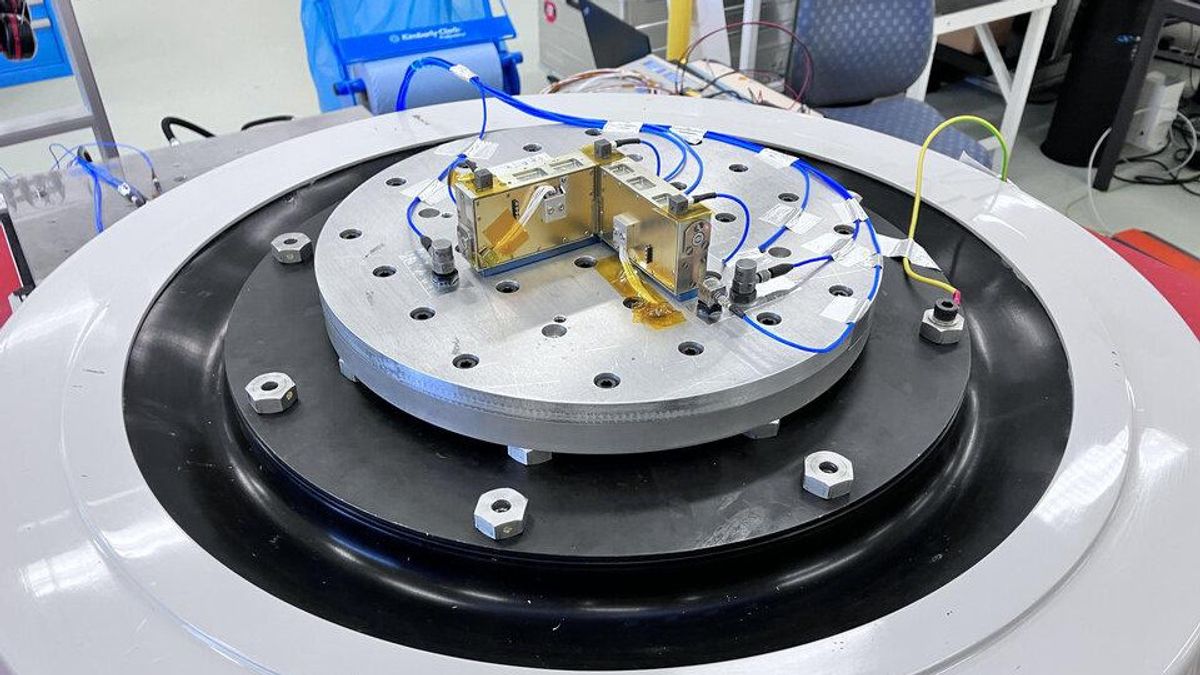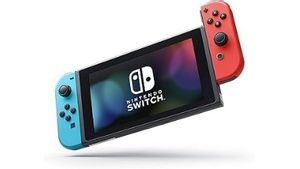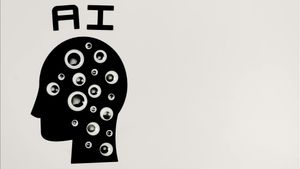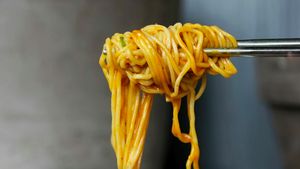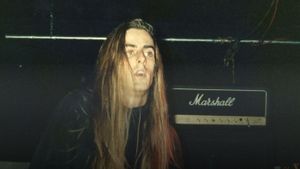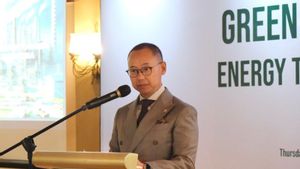JAKARTA - The European Space Agency (ESA) has just tested the first instrument that can measure gravity on the surface of an asteroid, especially Dimorphos.
The gravimeter for Small Solar System Objects (GRASS) has been tested at the ESA's Mechanical System Laboratory and developed by the Royal Observatory of Belgium (ROB) with the company EMXYS Spain
Later, this instrument will land on the surface of the asteroid Dimorphos aboard Juventas CubeSat, which will be deployed from the Hera ESA mission for planetary defense.
Designed to measure an estimated degree of gravity of less than a fraction of a million Earths, the GRASS trial aims to prove it is ready to be integrated with Hera Juventas CubeSat.
During the test, GRASS experienced an extreme vacuum and temperature in the thermal vacuum, then felt a sustained shock to mimic the rocket launch violence.
"Maybe small, but GRASS is packed with complex mechanical and electronic components. We are very pleased with its durability during the trial," said instrument watchdog at EMXYS, Jose Carrasco in his official statement, quoted Tuesday, May 23.
"We will now follow up with a full integrity test to ensure there is no damage during testing, after which it will be forwarded to the GomSpace company in Luxembourg for integration at Juventas," he added.
The L-shaped instrument, the equivalent of two unified smartphones, is designed to measure a very small level of gravity as the Dimorphos asteroid is the smallest planetary object ever visited by a spacecraft.
Dimorphos became famous last year when it was hit by NASA's DART spacecraft. At that time, DART sent thousands of kilometers of debris across space and measurably shifted its orbit around the larger Didymos asteroid.
The ESA Hera mission is Europe's contribution to international experiments in planetary defense. After the impact of DART, Hera will collect close-up data on the Dimorphos asteroid to turn this kinetic impact experiment into a well-understood planetary defense method and in principle it can be repeated, "explained system engineer Hera Hannah Goldberg.
"Gravity measurements of the GRASS surface will help researchers study the precise masses of asteroids, along with radio science experiments conducted by the main spacecraft Hera," he added.
The design of the GRASS gravimeter involves two sets of thin blades anchored inside the budaian, both of which continue to rotate. The slightest movement of each bar changes the overall voltage of the blades itself and the surrounding walls.
This capacitance-based measurement technique provides a sensitivity gravimeter equivalent to one micrometer, or one-third of a millimeter.
"Obviously the real-world performance of the gravimeter cannot be demonstrated directly on Earth, but our lab testing coupled to numerical simulations shows that we have achieved a high enough sensitivity to detect such low gravity," said ROB's RUB way of testing.
The GRASS team must also design a small enough instrument to enter the CubeSat Juventas, which is only the size of a shoe box, along with Juventas' main radar instrument. If their final design is only 330 grams and requires only half a watt of power.
"ROB contributes mechanical designs, including two blades, buaian, and a rotating motor, while EMXYS must combine sufficiently compact electronics to operate the instrument, including excessive commercial use of the rack," said Carrasco.
GRASS will be turned on when Juventas gradually falls to the surface of Dimorphos after the end of its subsurface radar imaging campaign.
While the gravimeter will record the impact on the asteroid, any subsequent reflection, and then any surface gravitational shift over time, due to the influence of its parent Didymos asteroid.
"We have to assume that Juventas can land in any corner in Dimorphos, so that potentially its solar array will be hindered from producing further power. On the other hand, GRASS will run on an internal Juventas battery for up to 20 hours," said Karatekin.
"In addition, because two instrument gravimeters are positioned at the corners of each other's elbows, and continue to rotate, the instrument can structure a 3D gravitational vector and monitor its variations from any landing position," he continued.
Once integrated into Juventas, GRASS will then be tested as part of the nano-satellite as a whole.
The English, Chinese, Japanese, Arabic, and French versions are automatically generated by the AI. So there may still be inaccuracies in translating, please always see Indonesian as our main language. (system supported by DigitalSiber.id)
